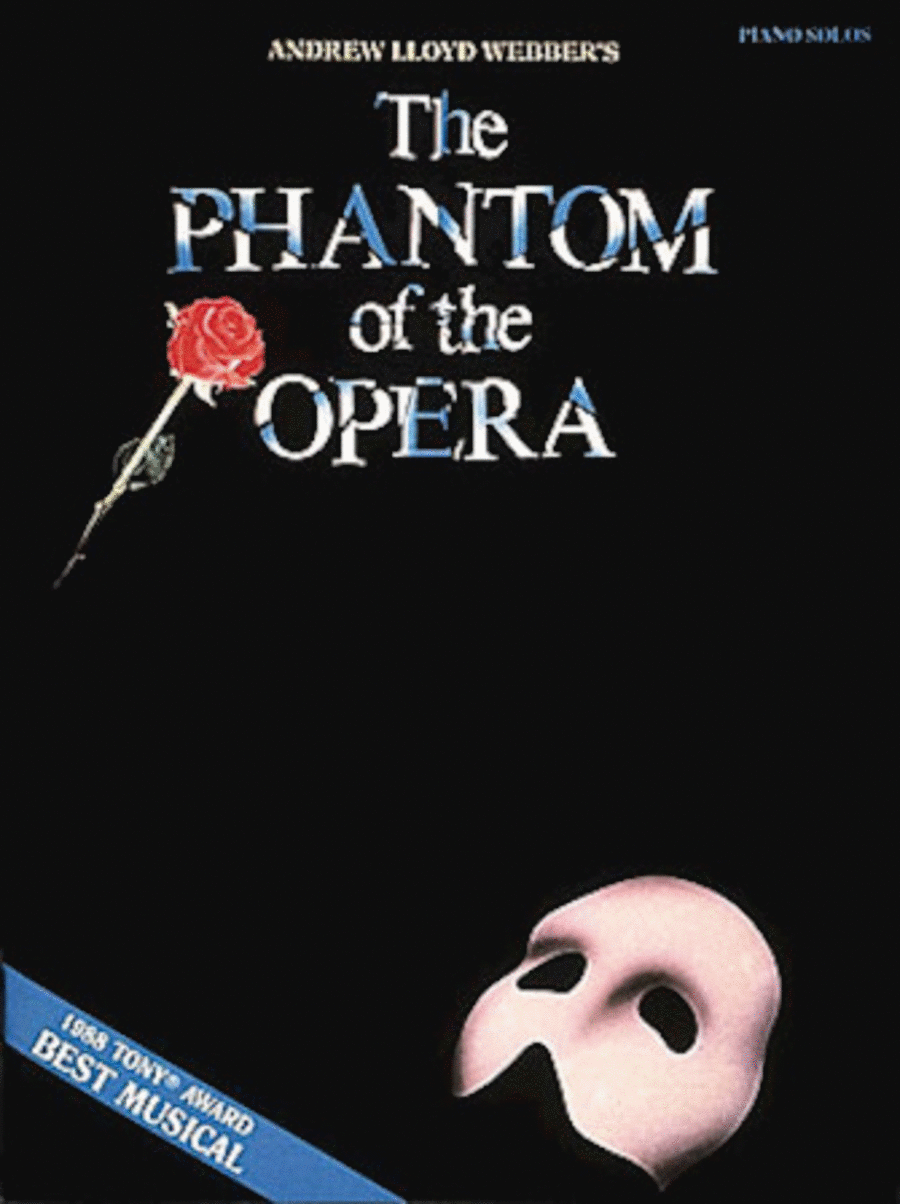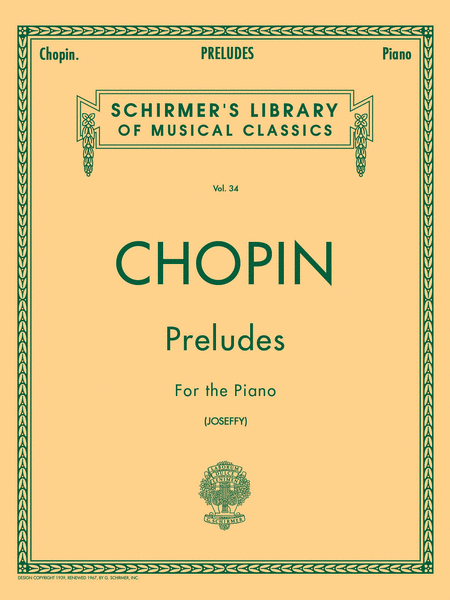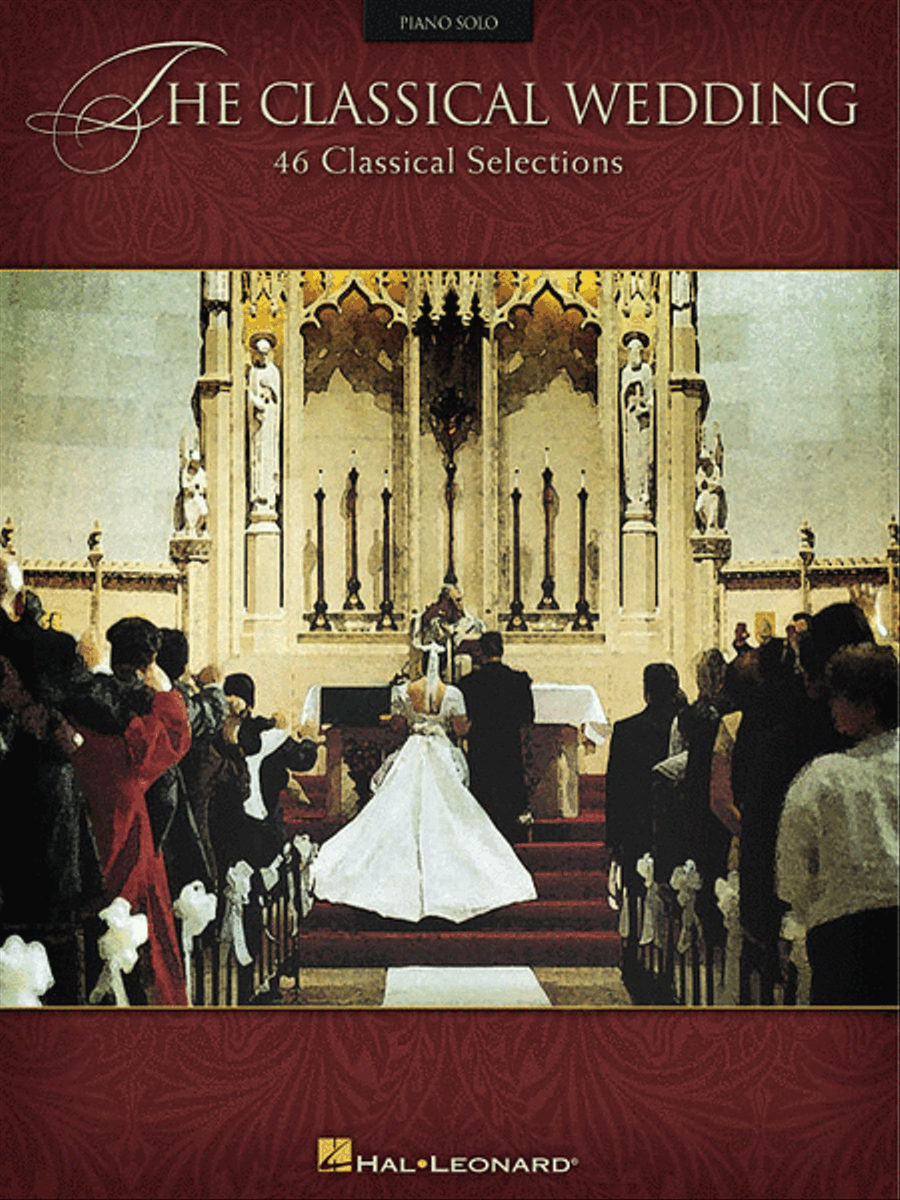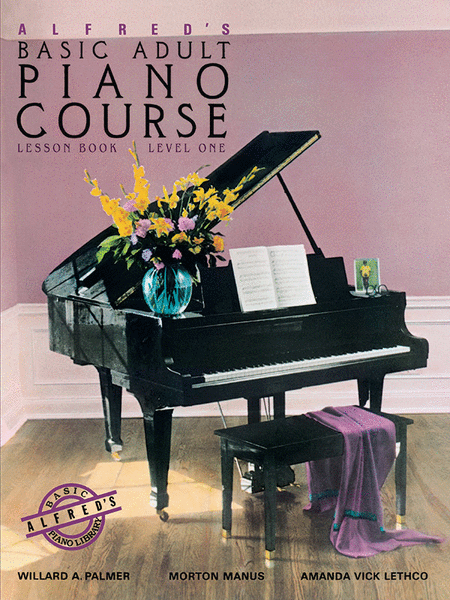Widely regarded as the most distinguished of Czech
composers, Antonin Dvorák (1841-1904) produced
attractive and vigorous music possessed of clear formal
outlines, melodies that are both memorable and
spontaneous-sounding, and a colorful, effective
instrumental sense. Dvorák is considered one of the
major figures of nationalism, both proselytizing for
and making actual use of folk influences, which he
expertly combined with Classical forms in works of all
genres. His symphonies are among his m...(+)
Widely regarded as the most distinguished of Czech
composers, Antonin Dvorák (1841-1904) produced
attractive and vigorous music possessed of clear formal
outlines, melodies that are both memorable and
spontaneous-sounding, and a colorful, effective
instrumental sense. Dvorák is considered one of the
major figures of nationalism, both proselytizing for
and making actual use of folk influences, which he
expertly combined with Classical forms in works of all
genres. His symphonies are among his most widely
appreciated works; the Symphony No. 9 ("From the New
World," 1893) takes a place among the finest and most
popular examples of the symphonic literature.
Similarly, his Cello Concerto (1894-1895) is one of the
cornerstones of the repertory, providing the soloist an
opportunity for virtuosic flair and soaring
expressivity. Dvorák displayed special skill in
writing for chamber ensembles, producing dozens of such
works; among these, his 14 string quartets (1862-1895),
the "American" Quintet (1893) and the "Dumky" Trio
(1890-1891) are outstanding examples of their
respective genres, overflowing with attractive folklike
melodies set like jewels into the solid fixtures of
Brahmsian absolute forms. These duets are among some 25
duets Dvorák wrote over the course of his career. They
are settings of Moravian folk poems: in fact, 23 out of
Dvorák's 25 duets are settings of Moravian folk texts.
All of his duets were composed between 1875 and 1877,
though the designation Moravian Duets belongs
specifically to this cycle of 10 songs, numbered Op.
32. It was this cycle of songs -- and a little help
from Brahms -- that would garner, finally, some fame
for Dvorák.
When Dvorák began composing his Moravian songs in
1875, he was teaching piano in the home of Johann Neff
in Prague. Neff's wife Marie was fond of Dvorák's
initial Moravian text settings, and asked him to
compose more. Based on Neff's enthusiasm for his songs,
and the success of their private premiere late in 1876,
Dvorák included the Moravian Duets with some other
compositions submitted to the Austian State Prize
competition. Brahms, one of the judges for the
competition, liked the songs and immediately wrote a
letter to the publisher Simrock, extolling the virtues
of Dvorák's music and the quality of the duets, and
advising Simrock to publish the songs. The songs were
published as Airs from Moravia in 1878. Brahms'
enthusiasm for Dvorák may well have helped the
composer gain notice in Germany and other parts of
Europe. Given this, it is ironic that the Moravian
Duets are rarely performed today.
Musically, the duets are most notable for their
harmonic adventurousness. Dvorák uses modulations to
express textual nuances, and also employs harmonic
ambiguity and unresolved chords to suggest sorrow or
bitterness.
In March 1875 Dvořák composed the first volume of
Moravian Duets, the "Three Duets for Soprano and Tenor,
with Piano Accompaniment, Op. 20". His sponsor, Neff,
was very delighted with them and he therefore asked
Dvořák to compose more duets, this time for two
female voices. Dvořák again agreed and, between
May 17 and 21, 1876, composed the initial five songs,
"Duets for Two Sopranos", which he designated in the
manuscript as II. Cycle. These duets were originally
published separately as Op. 29, then later combined
with the Op. 32 publication. The remainder of the
second volume was composed between June 26 and July 13,
1876, for soprano and contralto this time, entitled
III. Cycle, Op. 32. A year later, in September and
October 1877, Dvořák wrote another four duets,
published as Op. 38. Dvořák returned to his
Moravian Duets several years later in 1880, rearranging
selections from Op. 32 for vocal quartet. These works
were given number 107 in the Burghauser catalogue.
Dvořák completed his large series of duets in
1881 with a final duet, a setting of Moravian folk
poetry for soprano and alto, with piano accompaniment:
Na tej našej střeše laštověnka nese (Lo, a
swallow winging), B. 118.
"Letěl holúbek na pole" (Down a dove flew) is the
2nd movement from the Cycle III: Duets for Soprano and
Contralto, with Piano accompaniment (second portion of
Op. 32) from Opus 32 Book 62 and was published in
1876.
Although originally composed for Chorus (SATB) and
Piano, I created this arrangement for solo Acoustic
Piano.








